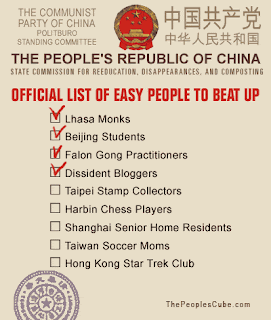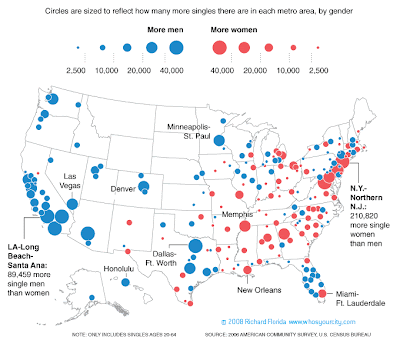Improv Everywhere causes scenes of chaos and joy in public places. Created in August of 2001 by Charlie Todd, Improv Everywhere has executed over 70 missions involving thousands of undercover agents. They are interested in an “organized fun†and in seeing the public reaction to their appearances (that’s why is improvising, although all their missions are pre-arranged they never know how the public will react and consequently how tasks will be performed).
One of their missions, the so called “freeze†craze started by the Frozen Grand Central and has now reached 70 cities in 34 countries and 6 continents. For me is like a flash mob, but not for them. They explain in their FAQ that Improv Everywhere was created about 2 years before the “flash mob†trend: “While some of our missions may have certain similarities to a flash mob (large numbers of people appearing in a public place and then disappearing suddenly), we really don’t have anything to do with flash mobbing. Some missions use just a few folks while others might use hundreds, depending on the idea and depending on how many people show up to participate.â€
An example of a “freeze†mission:
Check the mission’s world map (http://frozen.piskvor.org/).
Interesting, mainly in a sociological perspective 🙂



 Pictures’ Credits:
Pictures’ Credits: 





